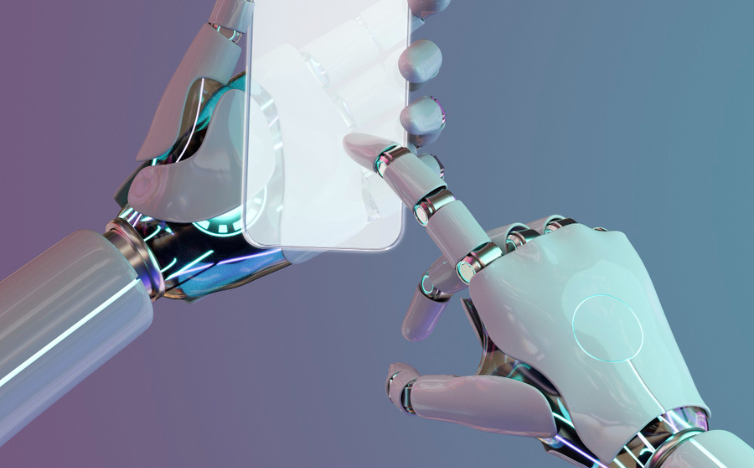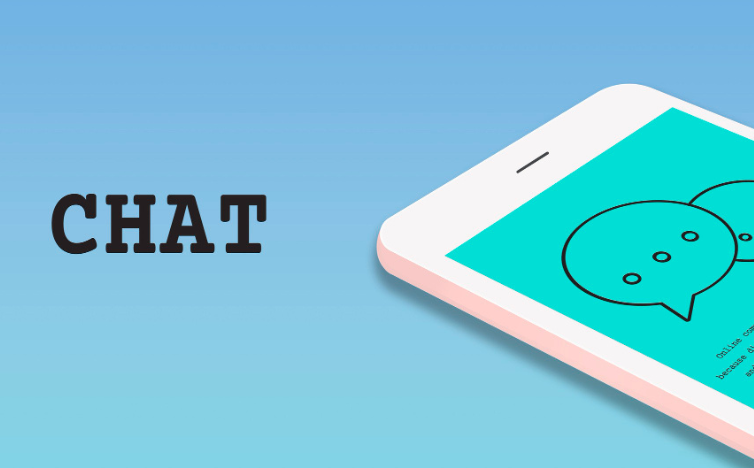In today’s fast-paced world, where people expect quick responses and instant satisfaction, AI chatbots have become really important for helping customers on social media. Social media sites aren’t just for marketing anymore—they’re becoming places where people go for help with problems. Companies are hurrying to use technology that can keep up with customers who always want things right away. This move towards using AI for talking to customers on social media isn’t just something that’s popular now; it’s a big change that’s changing how people expect to get help.
In this comprehensive guide, we’ll explore how AI chatbots are reshaping the social media customer support landscape, the various ways they’re being implemented, and the strategies that are proving successful. Whether you’re a social media manager, a digital marketer, or a tech enthusiast, understanding the impact and integration of AI chatbots in customer support is essential for staying ahead in the digital marketplace.
Table of Contents
Chatbots: Understanding the Basics
Before delving into the specifics, we need to establish a solid understanding of what chatbots are and how they function. At their core, chatbots are computer programs that are designed to replicate a conversation with human users, typically over the internet. They use natural language processing (NLP) to understand and respond to user input in a conversational manner.

In the context of social media, chatbots can be likened to virtual assistants that are available round the clock to interact with customers. They use the big sets of data about what people do and like on social media to give personalized and fitting responses. This personal touch, along with being able to deal with lots of questions at once, helps chatbots give really good customer service.
The Rise of Chatbots in Social Media
Social media is already a hotbed for customer engagement and interaction. According to a report by Hootsuite, a staggering 70% of consumers have used social media for customer service issues at least once. The convenience and rapid of social media are clear drivers of this trend, and chatbots are taking this to new heights.
As companies realize that social media is a really important way to help customers, the number of questions they get has gone up a lot. This is where chatbots are great: they can read and answer lots of messages really quickly, which people can’t do as fast. Because of this, customers don’t have to wait as long for help, which makes them happier.
Enhancing Customer Support with AI
The use of AI chatbots in social media customer support isn’t just about handling high volumes of support tickets; it’s also about quality. AI learns from every interaction, and as a result, it can provide increasingly accurate and helpful responses over time. This data-driven approach ensures that customers receive the right information, making it so that people don’t have to ask for more help as often.
Moreover, chatbots create a consistent customer service experience. Unlike human agents who might have good and bad days, chatbots deliver the same level of service every time. This consistency builds trust and confidence in customers, knowing they’ll always receive reliable assistance.
Common Use Cases for Chatbots in Social Media
The versatility of chatbots means they can be used across various social media platforms for different purposes. Let’s explore some of the most common use cases:

Order Tracking and Updates
Chatbots can interact with customers to track orders or provide shipment updates. They obtain order details from CRM systems and keep customers informed, saving time for both the customer and the business.
Designing an Effective Chatbot Strategy
While the potential benefits of integrating chatbots into social media customer support are significant, the key to a successful strategy lies in its design. Here are some essential components to consider:
Understanding the Customer Journey
Before implementing a chatbot, it’s crucial to understand the typical customer journey and identify touchpoints where a chatbot can add value. This means tracking how customers talk to your business on social media, starting from when they first get in touch until their problem is solved.
Creating a Knowledge Base
A chatbot is only as helpful as the information it has access to. Developing a robust knowledge, product details, and troubleshooting guides is essential for providing accurate and useful responses.
Training the Chatbot
Teaching a chatbot means giving it lots of information and making its answers better so it can talk well with clients. This has to keep happening as customers’ needs and what the business does change over time.
Integrating with Existing Systems
For a chatbot to work really well, it needs to fit in smoothly with the other ways you help customers, like using programs to keep track of customer information and issues. This makes sure that helping customers feels the same no matter how they get in touch with you.
Balancing Automation and Human Touch
Even though chatbots are good at dealing with lots of problems, sometimes people need help from other people, especially for harder or more emotional issues. Making sure that chatbots can pass things to human agents easily is really important.
Measuring and revising
Checking how well chatbots are doing is really important to make them better. Things like how fast they answer, how often they solve problems, and how happy customers are with them can help figure out what needs to change to make the chatbot even better.
The Challenges of AI Chatbots in Social Media

Despite their many advantages, AI chatbots also come with their set of challenges. One of the biggest is the risk of miscommunication. While AI has made significant strides in understanding and copying human language, it’s still far from perfect. This means there’s a risk of a chatbot misunderstanding a customer query and providing an inappropriate or irrelevant response.
Another challenge is ensuring that chatbots are always up to date with the latest information. With products and services constantly changing, maintaining a current knowledge base is a non-trivial task that requires ongoing dedication.
Finally, there’s the delicate balance between automation and the human touch. Over-reliance on chatbots can make a company seem distant and impersonal, which can be detrimental to the customer experience. Finding the right mix is key.
Implementing Chatbot Ethics
The use of AI chatbots also raises important ethical considerations. As chatbots become more sophisticated, they can easily mirror human interactions, blurring the line between what is human and what is artificial. Companies must be transparent about the use of chatbots and ensure that customers are aware when they are interacting with a machine.
Furthermore, chatbots must be programmed with ethical guidelines to ensure they provide fair and unbiased assistance.This means thinking a lot about the words they use and the choices they make to make sure they don’t accidentally hurt anyone or make unfair decisions.
Success Stories of AI Chatbots in Social Media Customer Support
Several companies have seen impressive results after implementing AI chatbots in their social media customer support. For example, a major airline reported a 40% increase in customer satisfaction after launching a chatbot to handle flight inquiries and bookings. Another e-commerce giant saw a 35% increase in conversions following the deployment of a chatbot to assist with product recommendations and order tracking.
The key to their success lies in setting clear objectives, aligning the chatbot’s capabilities with customer needs, and providing a seamless and integrated experience. These success stories serve as inspiration for organizations looking to adopt AI chatbots for social media customer support.
Looking to the Future: The Next Wave of Chatbot Technology
The potential for chatbots in social media customer support is vast, and we’re only at the beginning of this technological revolution. The next wave of chatbot technology promises even greater capabilities, like emotion detection and sentiment analysis, to provide more human-like responses. We can also expect to see more sophisticated integrations with other AI technologies, such as voice recognition and machine learning, to push the boundaries of what chatbots can achieve.
As we look to the AI future in Social Media, one thing is certain: chatbots will continue to play a pivotal role in social media customer support. Their ability to provide instant, personalized, and efficient service makes them an invaluable asset for any business looking to maintain a competitive edge.
Conclusion
The integration of AI chatbots into social media customer support is not just a passing trend—it’s a fundamental shift in how businesses interact with their customers. By understanding the potential of chatbots, designing effective strategies, and embracing the challenges, companies can create unparalleled customer experiences that set them apart in the modern digital economy. Social media managers, digital marketers, and tech enthusiasts alike have an exciting journey ahead as they explore the possibilities that AI chatbots bring to customer support on social media platforms.
FAQS
How do chatbots help with customer support on social media?
Chatbots use AI to talk to customers on social media, answering questions and helping with problems.
What makes chatbots good at customer support?
Chatbots can talk to lots of people at once and answer questions really quickly, which helps customers get help fast.
Do chatbots work well for all types of customer issues?
Chatbots are great for handling many problems, but sometimes people need to talk to a real person for harder or more emotional issues.
Can chatbots learn and get better over time?
Yes, chatbots can learn from how they’re used and get better at helping customers as they go.
How do chatbots fit in with other ways businesses help customers?
Chatbots should work smoothly with other customer support systems, like ones that track customer information and issues, to make sure everyone gets the help they need.
Why is it important to measure chatbot performance?
Measuring how well chatbots are doing helps figure out what needs to improve and make them even better at helping customers.




